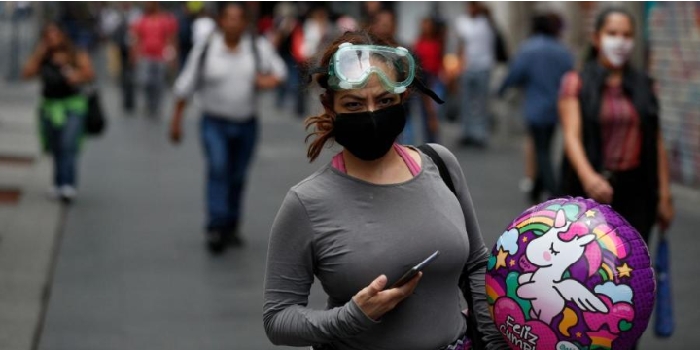Washington D.C, Aug 5: Despite North Korean leader Kim Jong-un vowing to give up developing nuclear weapons and ballistic missiles, a confidential report by the United Nations revealed that the country is reportedly continuing to pursue its nuclear weapons programme.
CNN quoted a confidential UN report stating that North Korea has flouted all the sanctions put on the country and is pursuing the selling of conventional weapons to fuel violence.
The report underlined that Pyongyang continued to breach financial sanctions and arms embargo as well.
Last week, a US official also stated that North Korea is reportedly constructing new intercontinental ballistic missiles (ICBMs) and its missile programme is doing "business as usual."
On a related note, US Secretary to State Mike Pompeo who is currently attending the Association of Southeast Asian Nations (ASEAN) summit in Singapore said that he believed in pressurising Pyongyang as the country had still not made any strong efforts for the denuclearisation of the Korean Peninsula.
Another US official was quoted by Fox News as saying that there was "no evidence" that Pyongyang stopped its work of building missiles, despite dismantling a nuclear test site recently.
Last week Pompeo told a Senate panel that Pyongyang was continuing to produce fissile material required for building nuclear warheads.
The Washington Post first reported that Pyongyang was likely building two ICBMs at the same facility, where the country had made its first long-range missiles, including the Hwasong-15, having the capacity of striking the US East Coast, satellite images showed.
Pompeo, who visited North Korea for denuclearisation talks last month, had invited furore from Pyongyang, which later expressed its disappointment over the attitude of US officials on denuclearisation, calling it "regrettable and really disappointing."
In a statement by an unnamed foreign ministry spokesman, carried by North's Korean Central News Agency (KCNA), Pyongyang criticised Washington D.C. for "seeking unilateral and forced and "gangster-like demand for denuclearisation", Yonhap News Agency reported.
"The US just came out with such unilateral, robber-like denuclearisation demands as CVID (complete, verifiable and irreversible dismantlement), declaration and verification that go against the spirit of the North Korean-US summit meeting," the spokesperson said.
It is to be noted that North Korea has become a virtual pariah in the international community since the UN imposed tough sanctions on the country, after conducting nuclear tests and launching three ICBMs last year.







Comments
Add new comment